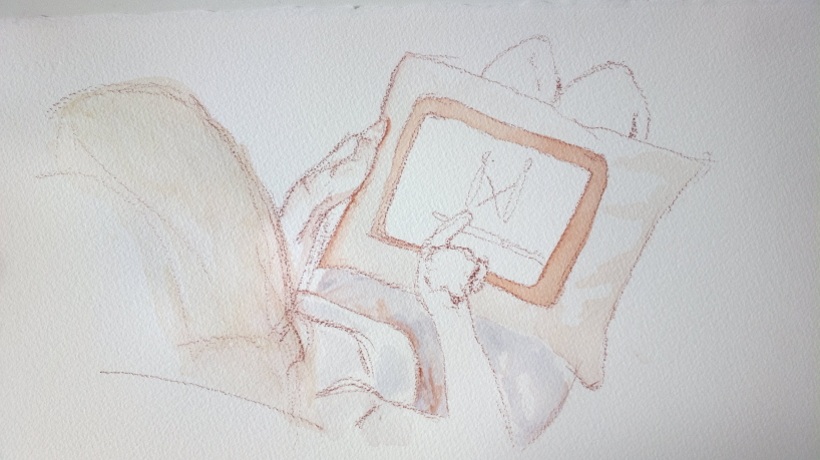
In the digital age, eLearning has become a vital method of delivering education to people of all ages and backgrounds. Yet, the design of eLearning modules can often be formulaic and uninspiring, which can dampen learners’ engagement and retention. Enter the power of artistic lines—invisible yet impactful forces that can transform an eLearning environment into an immersive and dynamic experience.
Artistic lines are elements in design that guide the eyes and focus of the learner as they navigate through content. They can be literal, like the lines in illustrations, or figurative, comprising the layout on a page or the flow from one section to another. Regardless of their form, when used correctly, they create a sense of direction and purpose within the educational material.
So how does one incorporate these artistic lines into eLearning design to foster better learning outcomes? It starts with an understanding of basic visual hierarchy principles. By arranging elements so that the most important information takes precedence through size, contrast, and placement, designers can lead learners through content intuitively.
Moreover, line art and shapes can break up text-heavy pages, making content more digestible. Bold or curved lines can add movement and energy to a page that may otherwise seem static. Curves might suggest comfort and familiarity while angular lines could imply precision or modernity—emotions that could be subconsciously associated with the learning topic at hand.
The inclusion of infographics is another example where artistic lines play a vital role. Infographics use lines both literally, in graphics and charts, and metaphorically—one piece of information leads to the next through a visual storytelling approach that’s easy for learners to follow.
Narrative flow in scenario-based learning is yet another area where artistic lines make their mark. By crafting a storyline that visually unfolds as the learner progresses, designers hold learner engagement high as they anticipate what comes next.
It is also essential for course designers to consider not only static artistic lines but how these lines move during transitions and animations. Animations should be purposeful rather than just decorative; they serve as guides for attention during changes or points of emphasis within a module.
Incorporating artistic lines require a thoughtful balance between aesthetics and functionality. The trend toward minimalist design—using white space effectively—also plays into this balance by avoiding clutter which allows these guiding ‘lines’ to stand out more clearly.
In conclusion, embracing artistic lines in eLearning design isn’t about making content look attractive for its own sake; it’s about enhancing comprehension by creating natural paths through which information flows. In doing this effectively, eLearning platforms not only captivate learners but also support them in retaining knowledge more efficiently leading to better understanding and application in real-world scenarios. As we continue to push boundaries in digital learning environments, the convergence of artistry and instructional design will likely become increasingly important for innovative educational experiences.
